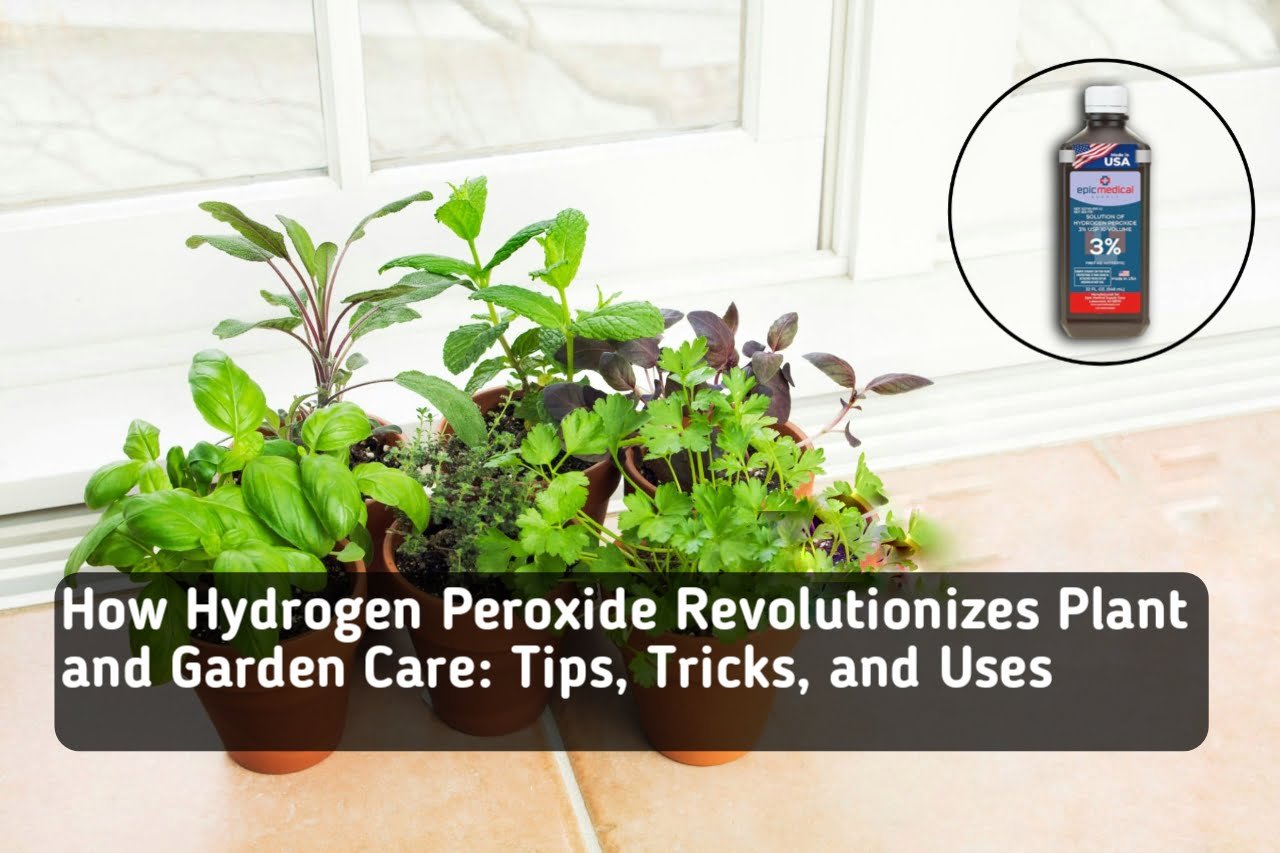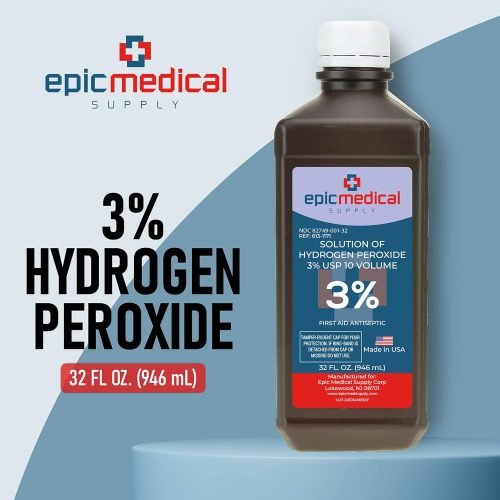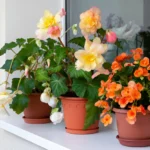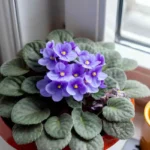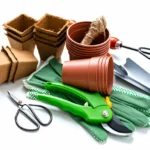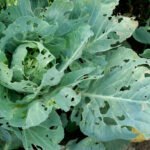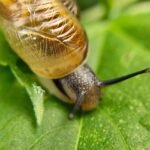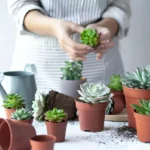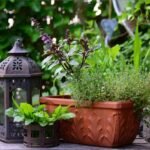Table of Contents
If you are about to start gardening or have already begun to, this information will be helpful. Take the time to read the whole thing, and remember to leave your feedback. In this article, I have covered ten uses of hydrogen peroxide for plants and gardens.
What is hydrogen peroxide?
A liquid chemical compound made of hydrogen and oxygen is called hydrogen peroxide. It stands for H2O2, meaning it has two hydrogen and two oxygen atoms. It looks pale and light blue and thickens. Hydrogen peroxide is present in the water surrounding us and in the human body. It is very effective as a bleaching and antiseptic agent.
Which hydrogen peroxide should we use for plants?
Hydrogen peroxide 3%-6% can be used for plants.
Where can I buy it?
You can find it at superstores or grocery stores near you, but make sure to buy 3%-6%. It’s also available on Amazon.com.
If hydrogen peroxide is used on plants, will it damage them?
Hydrogen peroxide is an eco-friendly, functional chemical that does not harm plants like other chemicals. In a word, it is a beneficial chemical. Applying the right amount to the plant will not harm it but will also not provide any benefits. However, we should be careful not to apply too much; otherwise, the leaves may get burnt.
Which plants can we use hydrogen peroxide on?
We can use hydrogen peroxide on indoor plants in our garden, including flowers, fruits, and vegetables. However, one thing to remember is that when we dilute hydrogen peroxide with water and use it, the ratio may vary according to the plant’s stage and maintenance strategy.
Is hydrogen peroxide helpful for plants?
Yes, of course. Hydrogen peroxide plays a vital role in plants.
Benefits of hydrogen peroxide for plants and garden
You can improve your garden with the proper application of hydrogen peroxide. You can use it for planting or harvesting at home. What’s more interesting is that we can use H2O2 as well. Hydrogen peroxide helps in many ways, including controlling insects, bacteria, and fungi.
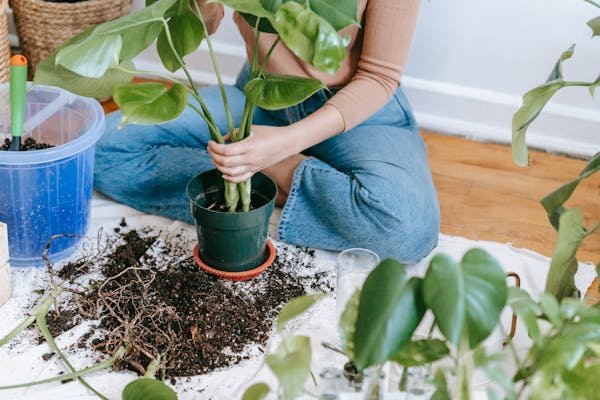
1. Use Hydrogen Peroxide to Soil
Plants have specific mandatory requirements for normal development. Deficiency of these prevents proper plant growth. Plants need ideal soil to grow from seed to seedling.
The universal nutrients in the soil are collected by the plant roots and developed. The soil should be perfect for seed germination or plant growth. If the soil is very muddy, full of insects, or alkaline, then we will never plant seeds or plants in that soil, and we will not get the desired results, but our seeds or plants are at risk of spoiling. When we prepare the soil for plants, we will prepare it with water diluted with hydrogen peroxide.
How to do it?
Dilute hydrogen peroxide 1:1 (water) in water can before applying it to plants. Apply directly to the soil where you will plant the seedlings in your backyard.
Water the bottom of the pot where you will start the seeds. Applying hydrogen peroxide to the soil can suppress soil bacteria, fungi, and harmful insects such as rootworms, earthworms, and ants. It increases the soil’s oxygen level. All compost types added to the soil help to decompose quickly. Plant roots grow to collect more food and nutrients from the soil and grow faster, helping to increase soil micronutrients.
2. Use of hydrogen peroxide during seedling initiation
As mature seeds are essential for sowing, you need to understand sowing clearly. The success rate may decrease if you attempt to germinate mature seeds differently We can use hydrogen peroxide to germinate the seeds faster, purify them, and protect them. We will take a small amount of hydrogen peroxide and water in this ratio (1:4). We will soak the seeds in water for 5-10 minutes and then sow them.
We use the surplus water to nourish the roots of the large trees in our backyard instead of discarding it.
Related: 10 DIY Seed Pot Ideas | Household | Recycled | Reuse | Pepurpose
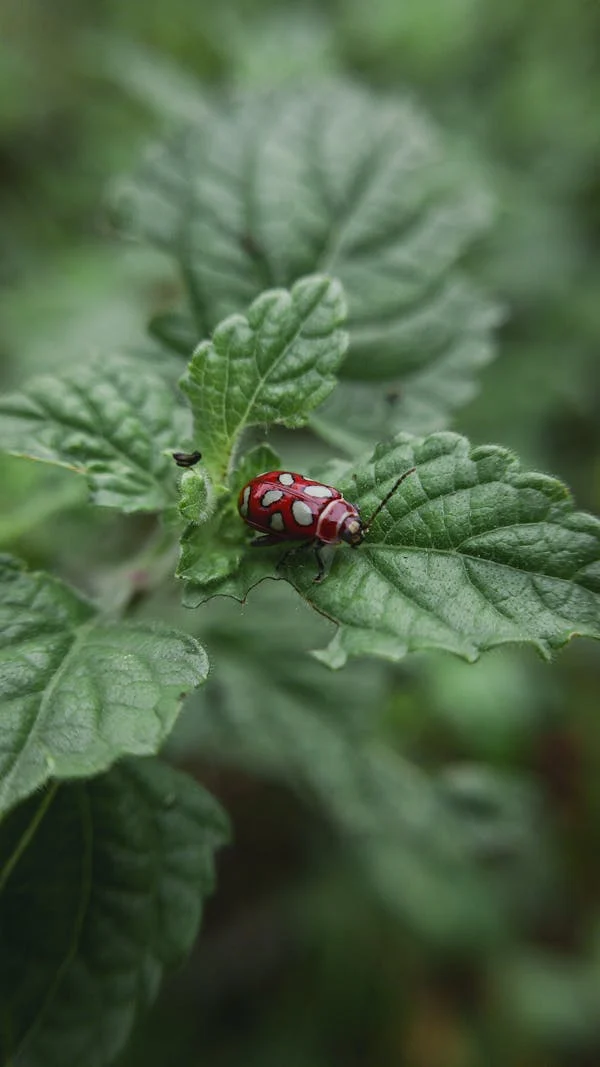
3. Use of hydrogen peroxide in insect control
Hydrogen peroxide can be effective in controlling plant pests. It is effective against various bugs, including spider mites, mealybugs, mold, fungus, snails, and pest eggs.
How to make this solution
Take a spray bottle. Put 200-250 ml in it. Use a teaspoon of hydrogen peroxide 3% diluted in water for a liter of water.
Related: Insecticides Used for Houseplants
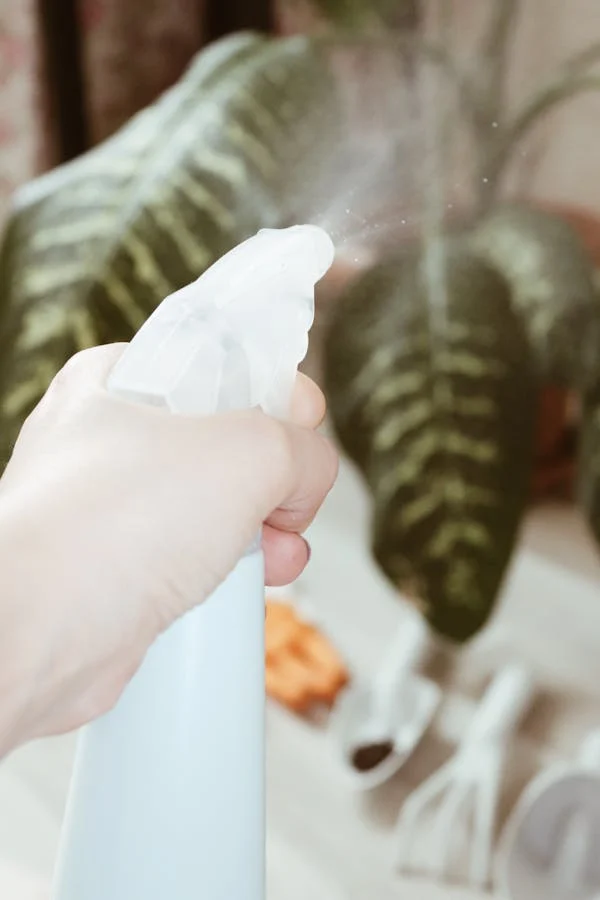
Note
- Spray the foliage.
- Start by spraying one leaf first and then spray the whole plant.
- Try to spray in the morning.
- Wear gloves and face masks while spraying, otherwise, our eyes and nose can burn with skin disease.
- After spraying, wash the sprayer, worn clothes, gloves, and masks.
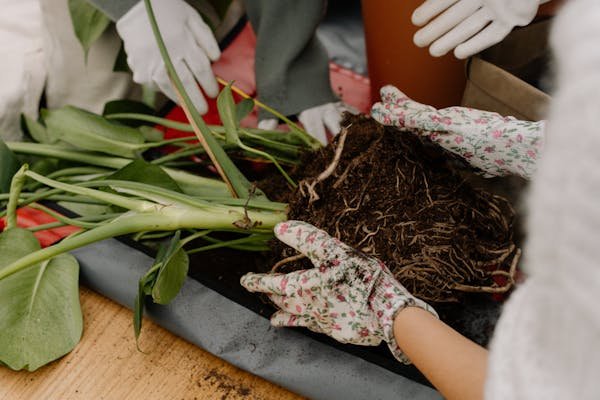
4. Treat Root Rot
Hydrogen peroxide can be great for root rot. If your plants have brown, pale, and unhealthy-looking leaves, they might have root rot. Root rot is caused by fungi and bacteria in your plant’s soil. Another reason for this could be over-moistening your plant’s soil. In over-moisturized soil, the number of air pockets needs to be improved.
Soil oxygen is inaccessible to plant roots. As a result, the roots do not grow, and the tree dies. The tree dies because it does not get enough food, and the soil at its roots rotates.
How do you rescue it?
Use hydrogen peroxide. This will kill the bacteria and greatly help the plant recover by balancing the oxygen in its soil. Take hydrogen peroxide in a 1:1 ratio in a water can and pour it on the plant’s root. You will see the results in 24-48 hours.
5. Use to Disinfect your garden and gardening items
Apply hydrogen peroxide monthly to keep your garden disease-free and your plants from spider mites. Hydrogen peroxide can be used to clean your gardening items after use. As a result, no pathogens can spread from the used items.
Dilute 1:1 fiber in a small amount of water and take a small cloth. Wet the cloth with water and clean the gardening essentials, including shears, tools, sprayers, water cans, gloves, and seed trays. But don’t forget to wipe the humidifier at home.
Fallen pots (those used as seed pots last year and have since fallen) can be made reusable by cleaning them with hydrogen peroxide.
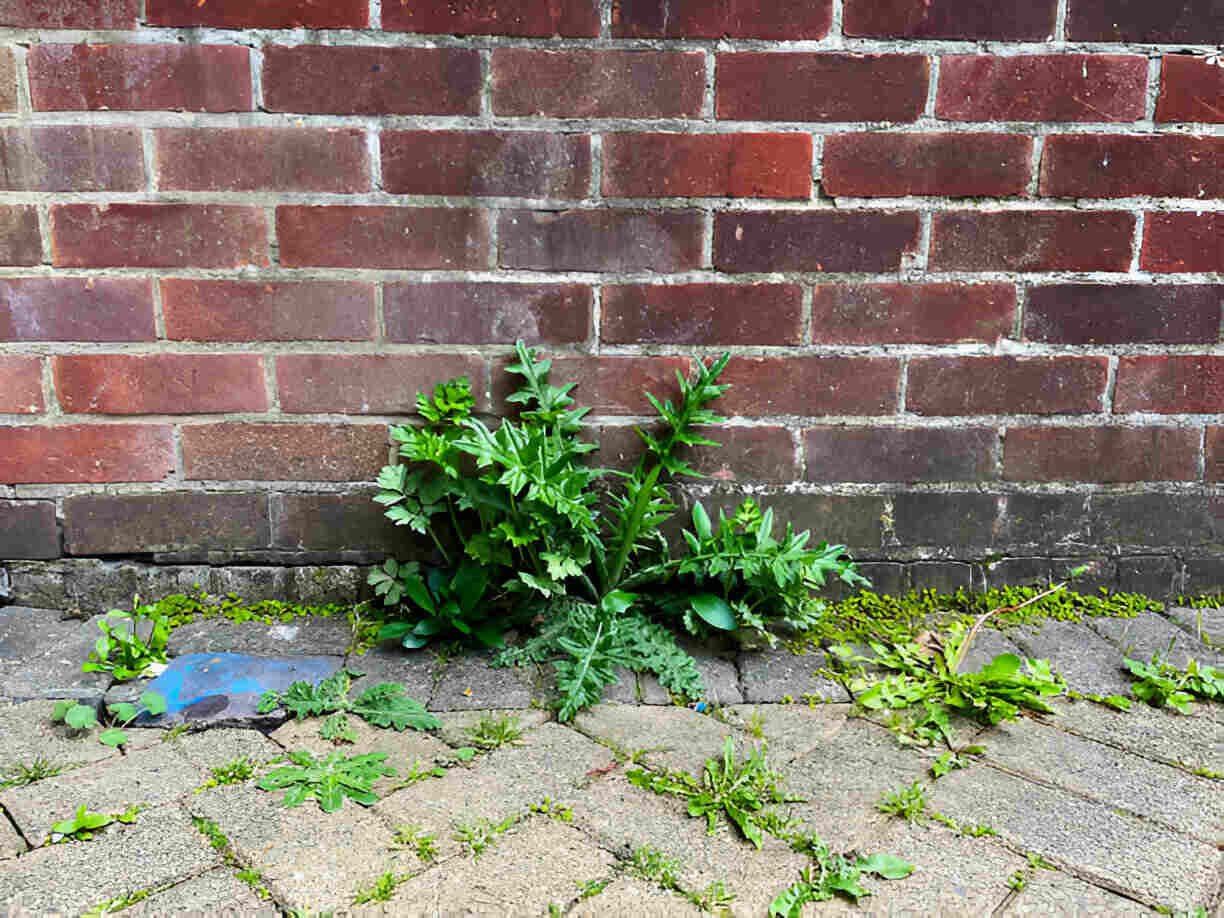
6. Kill weeds
If your yard is overgrown with weeds and moss, they can suck the nutrients from the soil of the tub of plants, preventing our plants from obtaining the essential nutrients, impeding root development, and delaying the timely development of flowers and fruits. We can control the weeds with H2O2.
7. Kill Powdery Mildew with Hydrogen Peroxide 3%
White spots appear on the plant’s leaves. They usually attack vegetable plants such as cucumbers, pumpkins, gourds, peppers, beans, and lettuce and spread quickly from one plant to another in your yard.
You have to fight them if you see them.
Take the bottle of hydrogen peroxide. Put 700-1000 ml in a sprayer. Or take a liter of water. Take 2.5-3 teaspoons of hydrogen peroxide and dilute it well. First, spray the leaves and the underside of affected plants. But don’t forget to mist every leaf on the tree.
8. Hydroponic and aquaponic uses of H2O2
Hydroponic systems grow plant roots in water. Plant roots receive food and oxygen through water. Before putting plant seedlings (roots) in a hydroponic system, you should take clean water and dilute H2O2 in water in a 1:20 ratio. In hydroponic and aquaponic systems, we use hydrogen peroxide when changing water.
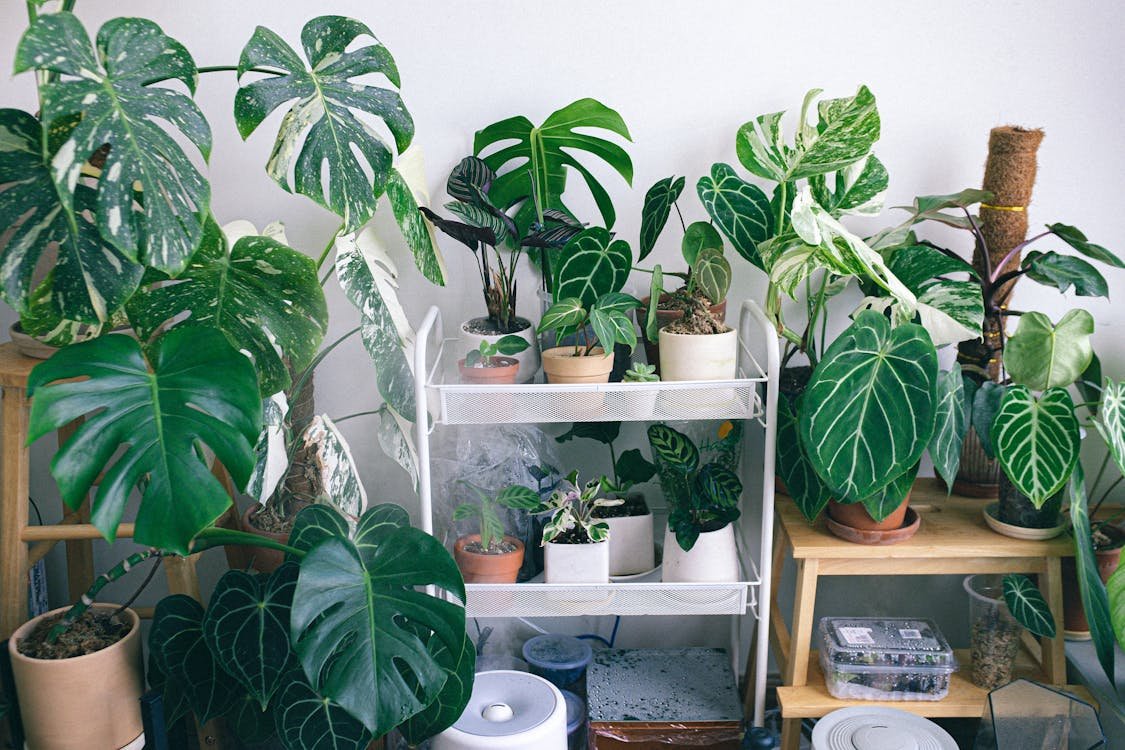
9. Ratio for Indoor Gardening
Indoor plants are planted in most of our tubs. For indoor plants, dilute hydrogen peroxide with water in a ratio of 1:1 and apply it under the tub, but it can also be used at the base of the plant.
FAQ
1. Can you use hydrogen peroxide on edible plants?
= Yes, you can use it on herbs and microgreens. Edible crops treated with H2O2 will not cause any harm to humans.
2. Can I fertilize while treating root rot with hydrogen peroxide?
= Yes, you can. The roots collect food and nutrients in the water in the hydroponic system. You can apply liquid fertilizer during root rot treatment.
3. Hydrogen peroxide for mold?
= Yes, peroxide is 100% safe if you need to use it for that; I always use it. It is the best way to stop root rot without drying out the plant. The peroxide kills the mold but does not harm the plant; in fact, it helps the plant as it is very oxygen-rich and helps oxygenate the plant.
4. Too much hydrogen peroxide used in plants?
= Too much of anything brings unhappiness; everything should be under control. Excessive application of hydrogen peroxide can kill microbiological plants, including beneficial insects, and mixing it with water can cause root rot.
5. Black and white spots appeared on the plant leaves; what should I do?
= Apply hydrogen peroxide that has been diluted with water.
6. How much hydrogen peroxide is needed for plants per gallon?
= Mix two teaspoons per gallon and apply to plants.
